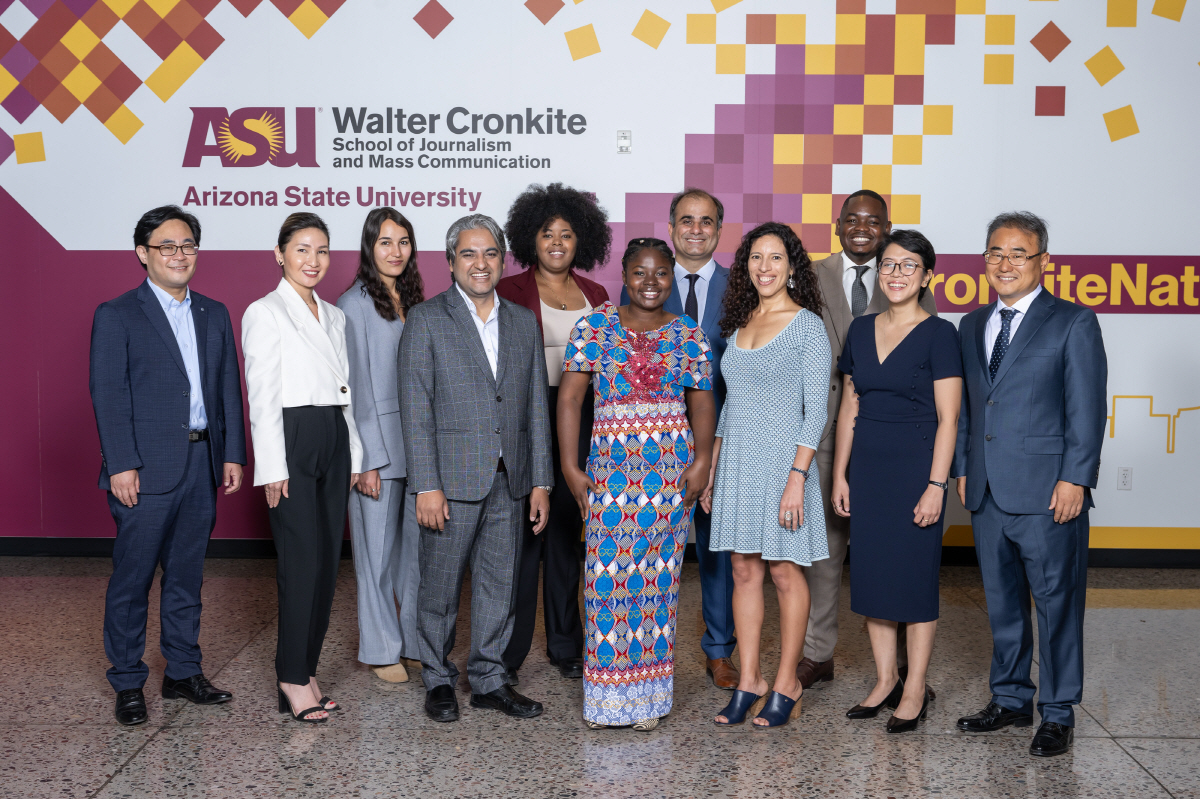The MIM is short for the Music Instrument Museum, and founded by Bob Ulrich. He was inspired to develop a new kind of museum that would focus on the kind of instruments played every day by people worldwide. Most musical museums featured historic, primarily Western classical music. On the MIM’s website (mim.org) it said that their goal is to deliver a musical experience that is enriching, inspiring, interesting, and fun. I will not disagree with that goal because it is truly those words that they described, but I was a bit disappointed to not see all of Suriname and its vibrant history represented in the instruments.
The enrichment of this museum is that it collects over more than 8,000 instruments from more than 200 countries around the world. Yes! Even Suriname, that small country, in the Northern area of South-America was represented. The galleries do reflect the rich diversity and history of many world cultures. I even agree that the music and instruments on display show us what we have in common. I might be very disappointed that the MIM put the instruments of Guyana with us, but if you would look at it with different eyes- they got it right in a way; putting the Maroons, Amerindians and the Hindustani together. Suriname is a unique country because we are like this world map at the MIM states- part of Latin-America, and also part of the CARICOM (Caribbean Community), and yes! The only Dutch speaker between a English speaker (Guyana) and a French speaker (French-Guyana) together is called the Guianas. How frustrating, sigh.
What inspired me of the whole collection in the MIM was the commonality we have as global citizens. You could think that all musical instruments can feel like a ‘stolen’ object because they are housed in a museum and represent only a sliver of culture and society in the country . My disappointment solely came because Suriname has such an enriched, diverse community of immigrants from India, Indonesia, China,Lebanon, the farmers of the Netherlands, and before other ethnic groups joined like the Brazilians, Venezulans , Cubans, etc. I, myself, have roots from Indonesia, you can say I am mixed race. So, the disappointment was that I didn’t see the ‘Gamelan’ and ‘Wayang’ being part of the Suriname section or the other musical instruments that are making the ‘Kawina’ or ‘Kaseko’ genre. Either way we all might get a little frustrated that what we know in our country isn’t being displayed with the complete history.
It is just a fact that the world we live in will be enriched constantly when people are moving to different countries, bringing their musical instruments with them. Being in Arizona for the past few months also made me wonder if Mexican music is the traditional music of Arizona. I don’t think we need to be hard on people that took the opportunity to collect musical instruments from around the world and display them, the best way they know. We also got to get the opportunity to give people a little bit of our context to their research. That is what the Humphrey fellowship is all about, right. Bringing people together to teach and learn from each other. That is what fellow Samantha from Botswana did when she visited the MIM with me. She gave some perspective on Botswana’s musical instruments, feeling emotional, because she misses home and being at the MIM, also the first from Botswana, made her feel closer to home. Nevertheless, I am proud, honored and grateful that Suriname has a place at the MIM, together with Guyana.




